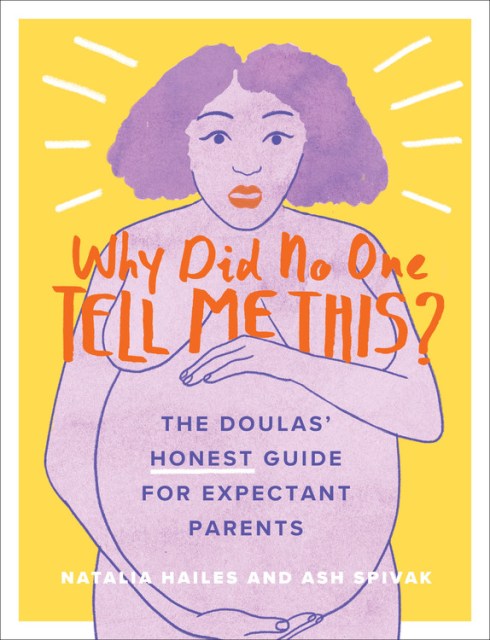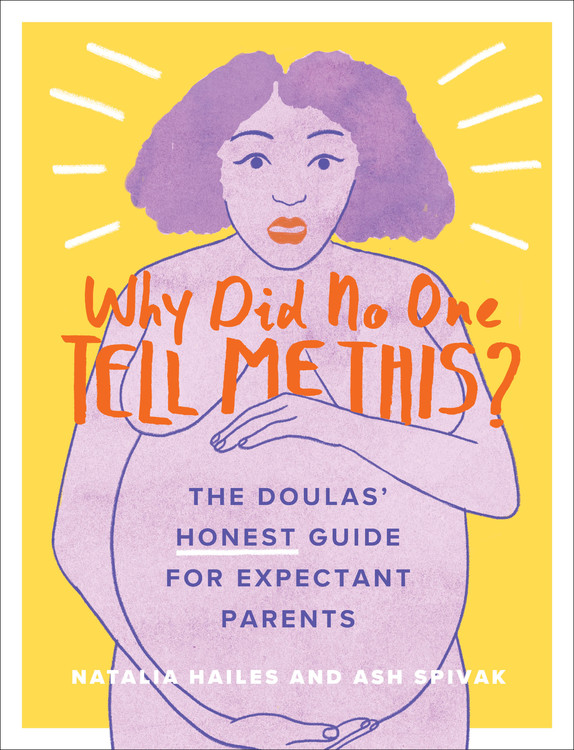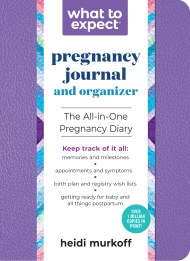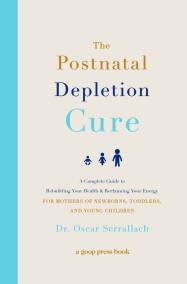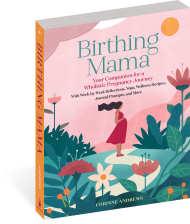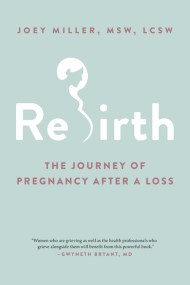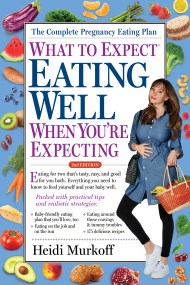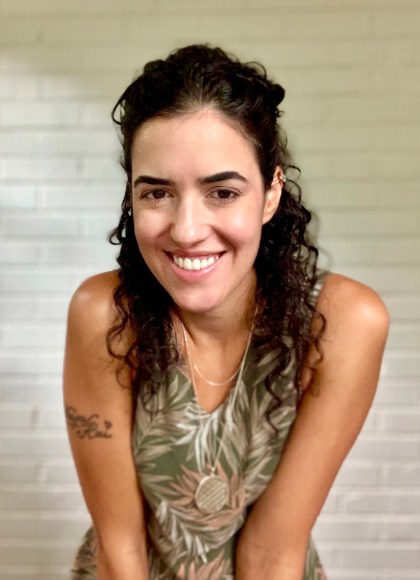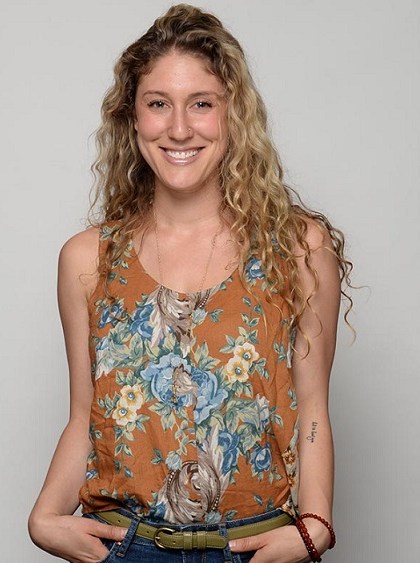Promotion
Use code MOM24 for 20% off site wide + free shipping over $45
Why Did No One Tell Me This?
The Doulas' (Honest) Guide for Expectant Parents
Contributors
By Ash Spivak
Illustrated by Louise Reimer
Formats and Prices
Price
$19.99Price
$25.99 CADFormat
Format:
- Trade Paperback $19.99 $25.99 CAD
- ebook $12.99 $16.99 CAD
- Audiobook Download (Unabridged) $24.99
This item is a preorder. Your payment method will be charged immediately, and the product is expected to ship on or around April 7, 2020. This date is subject to change due to shipping delays beyond our control.
Also available from:
Full of honest advice and inclusive options, Why Did No One Tell Me This? is the funny, personality-filled, illustrated guide to pregnancy, birth, and beyond that modern parents have been waiting for.
Pregnancy and childbirth are full of big questions — what if my baby is enormous? Will my water break naturally? What even goes into a ‘birth plan’? How on earth am I going to keep this child alive once it’s here? And where do I turn for advice that will really work for me and my life?
In Why Did No One Tell Me This? doulas and reproductive health experts Natalia Hailes and Ash Spivak answer these questions and more for today’s wellness-focused, intersectional parents-to-be. Drawing on years of experience in their birth doula practice Brilliant Bodies, Natalia and Ash guide readers through the entire process, from the earliest stages of pregnancy to the jungle of postpartum feelings and responsibilities.
Bite-sized pieces of advice are interspersed with vibrant illustrations by artist Louise Reimer to break down the doubts and fears that often surround childbirth, empowering readers to explore their own individual needs, know their rights, and find their voice both during and after pregnancy. By addressing common fears, incorporating regular tips for partners, and providing information on a wide array of birth and parents styles, this unique and inclusive guide is the perfect tool for a new generation of parents.
Genre:
- On Sale
- Apr 7, 2020
- Page Count
- 272 pages
- Publisher
- Running Press
- ISBN-13
- 9780762495665
Newsletter Signup
By clicking ‘Sign Up,’ I acknowledge that I have read and agree to Hachette Book Group’s Privacy Policy and Terms of Use
